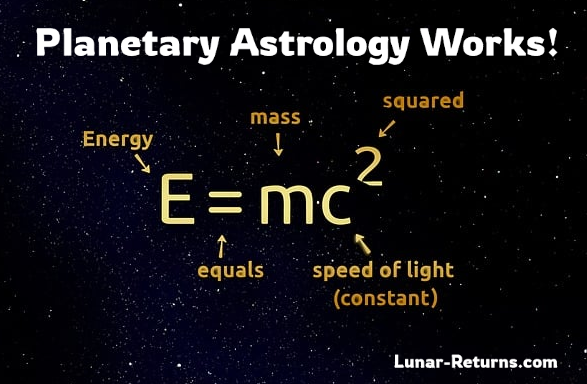Einstein’s Theory Helps Locate Real Location of Planets
Star Location: If you look at this picture, you will see how the visual location of a planet or star is different than the real location due to Einstein’s Theory of Relativity. Relativity bends the light due to the gravitational pull of the Sun being the largest object in the Universe. Is it possible that calculations for a planet: Ex: Venus or Mercury are wrong in the ephemeris and need to be adjusted for the Sun’s Gravitational pull on the planet or star’s visual light you see in the sky. Need help on this from experts on calculations in the ephemeris.

Source: NASA’s Goddard Space Flight Center
The gravitational fields, according to Einstein’s general theory of relativity, are described as distortions in the fabric of space-time that have an impact on the movements of celestial bodies such as stars, planets and even light. A consequence of this theory is the notion that light, when it encounters an object, experiences a subtle gravitational pull, causing its trajectory to slightly deviate. This anticipated phenomenon provides an opportunity to test the validity of Einstein’s general relativity by observing how starlight bends around the Sun, which exerts the strongest gravitational force in our vicinity. As starlight passes near the Sun’s periphery en route to Earth, it undergoes deflection, resulting in a slight alteration in the apparent position of those stars. The extent of this deflection is exceedingly minuscule, comparable to the width of a dime seen from a distance of one and a quarter miles.

